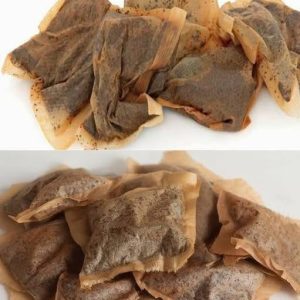Why Jeans Have Those Tiny Metal Buttons
Most people don’t realize that the small metal buttons on their jeans aren’t just decorative—they serve a very practical purpose. These tiny heroes, called rivets, are key to denim’s legendary durability.
The story begins in the 1870s, when jeans were rugged workwear for miners, railroaders, and laborers. Tailor Jacob Davis often heard complaints from customers whose trousers ripped at the seams. His solution? Reinforce high-stress points like pockets and the fly with metal rivets. Davis partnered with Levi Strauss, a dry goods supplier, and in 1873 they patented the riveted jean design. This simple idea—adding strength where pants needed it most—made jeans tough enough for hard labor and eventually a fashion icon.
So how do rivets work? Made of brass or copper, they are strong, rust-resistant, and placed on the corners of front pockets, the base of the fly, and sometimes near belt loops. These spots experience the most stress, and rivets distribute tension across the fabric, preventing tears and extending the life of the jeans. Jeans without rivets often wear out faster, proving just how important these small additions are.
Today, few people wear jeans for heavy labor, but rivets remain a hallmark of authentic denim. They add subtle design touches, logos, or colors, signaling quality and craftsmanship. Modern jeans sometimes use reinforced stitching or hidden metals for comfort, especially when sitting or traveling, but classic rivets still appeal to denim enthusiasts who appreciate tradition.
From a practical fix to a symbol of style, those tiny metal buttons carry decades of history. Next time you pull on your favorite pair of jeans, take a closer look—rivets are more than decoration. They represent strength, heritage, and the enduring story of denim.





